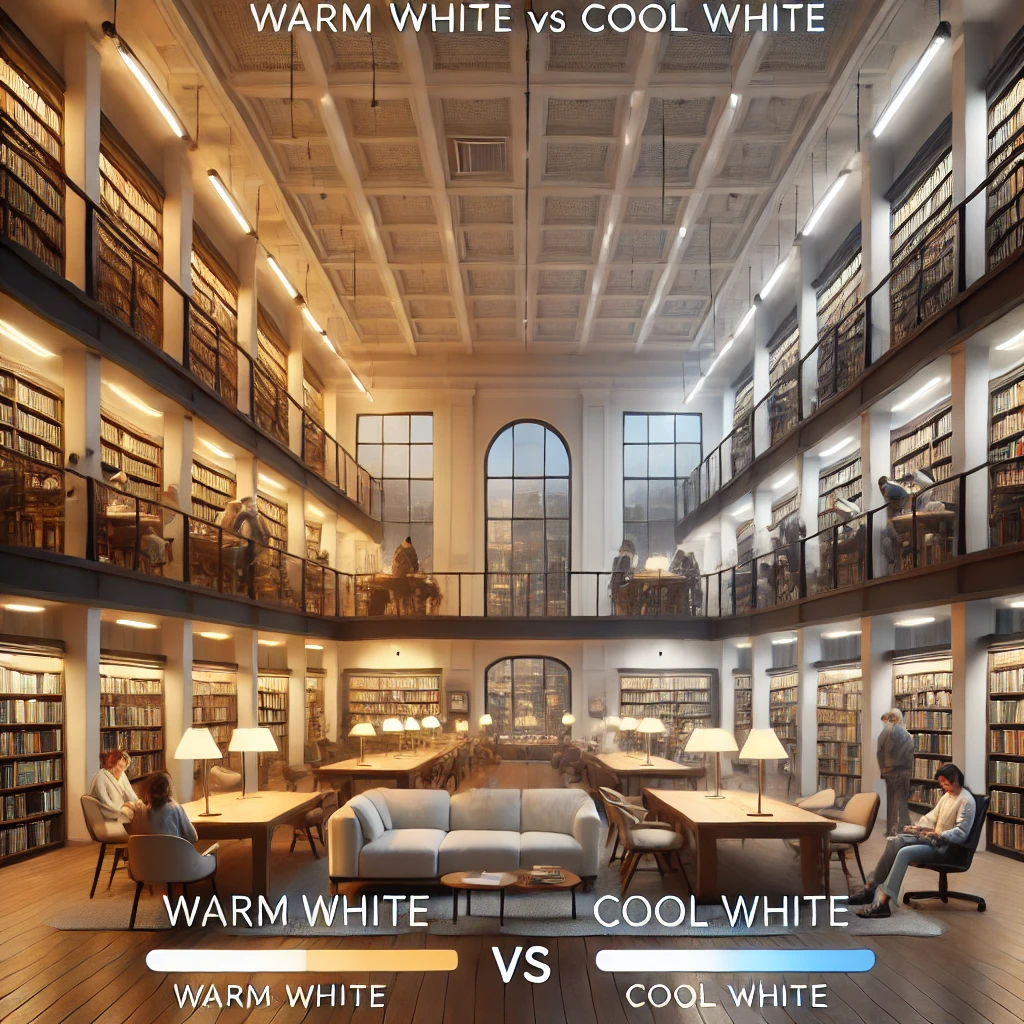Recent Posts
-
Installing Spotlights in Ceiling | Obals Expert Guide
Learn the expert steps and best practices for installing spotlights in your ceiling. Discover the benefits, tools needed, and tips for achieving a professional look.
06/21/2024
-
Warm White Versus Cool White | Expert Lighting Guide
Discover the differences between warm white and cool white lighting. Learn from industry experts about their applications, benefits, and how to choose the right color temperature for your space.
06/21/2024
-
Under Cabinet Lighting Kitchen | Expert Guide
Explore the benefits and best practices for installing under cabinet lighting in your kitchen. Learn from industry experts about types, installation tips, and design ideas to optimize your kitchen lighting.
06/20/2024
-
Screwfix LED Downlights | Expert Lighting Guide
Discover the advantages and best practices for installing Screwfix LED downlights. Learn from industry experts about their features, benefits, and tips for optimizing your lighting setup.
06/20/2024
-
Modern Lighting Factory | Expert Insights
Explore the advancements and benefits of modern lighting factories. Learn from industry experts about the latest technologies, manufacturing processes, and design trends in the lighting industry.
06/19/2024
Warm White Versus Cool White | Expert Lighting Guide
Choosing the right color temperature for your lighting can significantly impact the ambiance and functionality of your space. This expert guide explores the differences between warm white and cool white lighting, their applications, benefits, and tips for selecting the perfect lighting for your needs.
Understanding Color Temperature
Color temperature is measured in Kelvin (K) and describes the appearance of the light provided by a bulb. It ranges from warm (yellowish) to cool (bluish) tones:
Warm White: Typically ranges from 2700K to 3000K, producing a soft, yellowish light similar to traditional incandescent bulbs.
Cool White: Typically ranges from 4000K to 5000K, producing a bright, bluish-white light that resembles daylight.
Warm White Lighting
Warm white lighting creates a cozy and inviting atmosphere, making it ideal for spaces where relaxation and comfort are a priority:
Living Rooms: Warm white lighting enhances a welcoming and comfortable environment, perfect for family gatherings and relaxation.
Bedrooms: The soft, warm light promotes a calm and restful ambiance, conducive to sleep and relaxation.
Dining Rooms: Warm white lighting creates an intimate and cozy atmosphere, ideal for dining and entertaining guests.
Decorative Lighting: Warm white is often used in lamps, chandeliers, and wall sconces to add a touch of elegance and warmth to the decor.
Cool White Lighting
Cool white lighting provides bright and clear illumination, making it suitable for areas where focus and visibility are essential:
Kitchens: Cool white lighting enhances visibility for cooking and food preparation, ensuring tasks are performed safely and efficiently.
Bathrooms: The bright, crisp light is ideal for grooming and applying makeup, providing clear visibility.
Offices: Cool white lighting boosts concentration and productivity, making it perfect for workspaces and study areas.
Commercial Spaces: Retail stores, showrooms, and hospitals benefit from the clean and professional appearance of cool white lighting.
Benefits of Warm White and Cool White Lighting
Each color temperature offers unique benefits that cater to different needs and preferences:
Warm White:
Creates a relaxing and inviting atmosphere.
Enhances the aesthetic appeal of traditional and rustic decor.
Reduces eye strain in living and resting areas.
Cool White:
Provides bright and clear illumination for detailed tasks.
Improves focus and productivity in work environments.
Creates a modern and clean look, suitable for contemporary designs.
Choosing the Right Color Temperature
When selecting the color temperature for your lighting, consider the following factors:
Purpose of the Space: Determine the primary use of the room and select a color temperature that supports the activities performed there.
Personal Preference: Consider your personal preference for warm or cool tones and how they make you feel in different settings.
Complementary Colors: Ensure the chosen color temperature complements the room’s color scheme and decor.
Lighting Layering: Use a combination of warm and cool lighting in different areas to create a balanced and versatile lighting scheme.
Examples of Color Temperature Applications
Here are some practical examples of how to use warm white and cool white lighting in different settings:
Living Room
Warm White: Use warm white lighting for the main fixtures to create a cozy ambiance. Add accent lamps with warm tones for a layered lighting effect.
Kitchen
Cool White: Install cool white LED downlights or under-cabinet lights to ensure bright and focused illumination for cooking and food preparation.
Office
Cool White: Use cool white lighting for overhead fixtures to enhance concentration and productivity. Consider adjustable desk lamps with cool white bulbs for task lighting.
Conclusion: Finding the Perfect Balance
Choosing between warm white and cool white lighting depends on the specific needs and preferences of your space. By understanding the differences and benefits of each color temperature, you can create a comfortable, functional, and aesthetically pleasing environment. Stay informed about the latest advancements in lighting technology to continue making the best decisions for your lighting needs.

